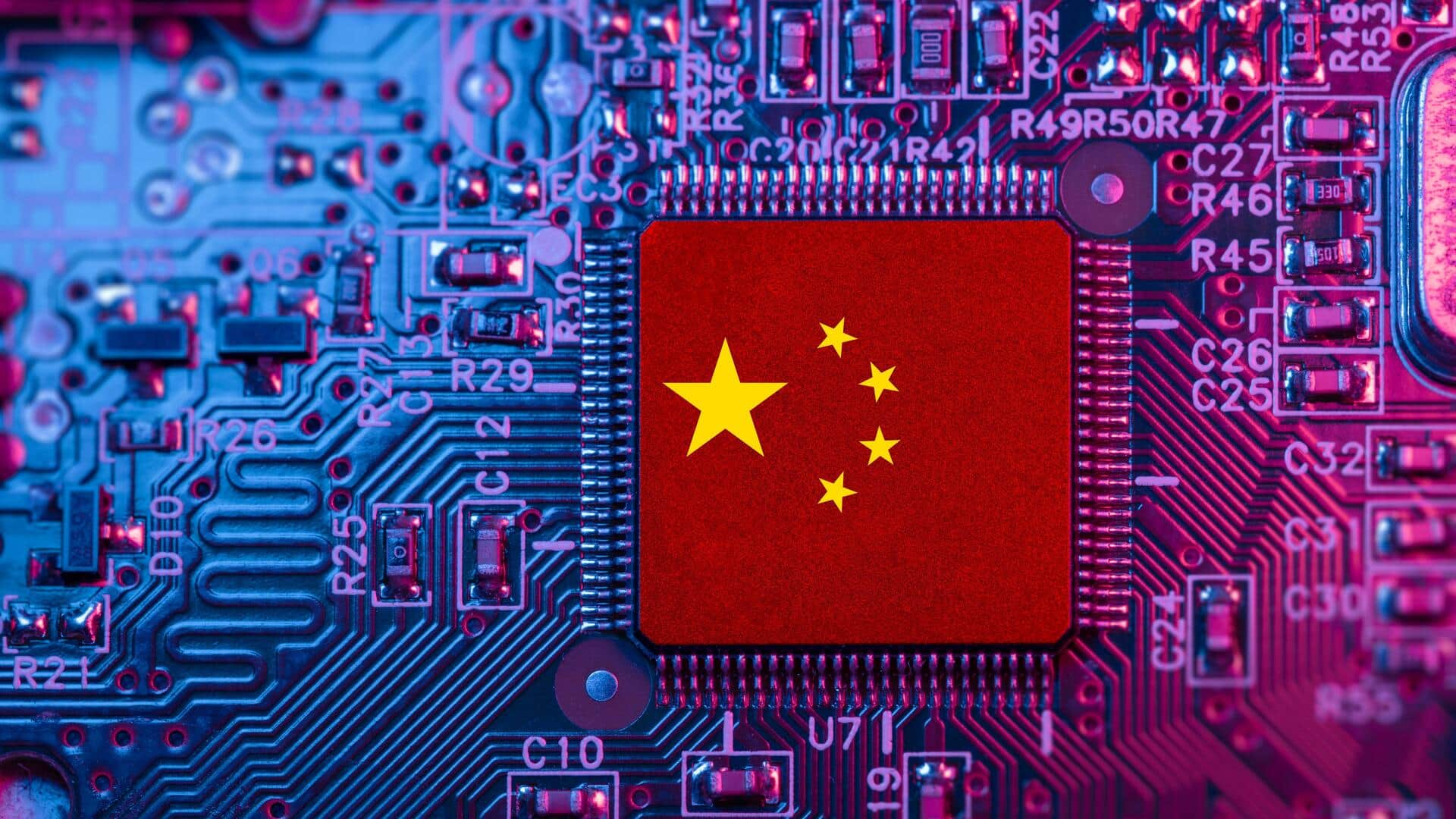
RISC-V technology: How China aims to transform chip production
What's the story
China is preparing to introduce a policy guideline to encourage the adoption of open-source RISC-V processors nationwide. The move comes as part of Beijing's efforts to lessen reliance on technology owned by Western countries. The announcement could come as soon as this month, though the timing is still unclear. Eight government departments, including China's Cyberspace Administration and Ministry of Industry and Information Technology, are working on the document.
Chip innovation
RISC-V: A versatile open-source technology
RISC-V is an open-source technology for designing everything from smartphone chips to CPUs for artificial intelligence servers. It competes globally with proprietary chip architecture technologies like x86 and Arm. In China, state entities and research institutes have increasingly adopted RISC-V, owing to its perceived geopolitical neutrality and lower costs. However, the Chinese government has yet to officially endorse it in policy discussions.
Geopolitical implications
Concerns over China's adoption of RISC-V
The growing adoption of RISC-V in China has alarmed the United States as tensions between Washington and Beijing continue to rise, especially on the technology front. In 2023, some US lawmakers even called on the Biden administration to restrict American companies from developing this technology over concerns that Beijing could leverage its open-source nature to strengthen its own semiconductor industry.
Market leaders
China's leading RISC-V intellectual property providers
China's leading for-profit RISC-V IP providers are Alibaba's XuanTie and start-up Nuclei System Technology. They provide commercial RISC-V processors to chip designers. At a recent RISC-V event, industry executives noted that the popularity of Chinese AI start-up DeepSeek could further accelerate the adoption of this tech, as its models run efficiently on less-powerful chips.